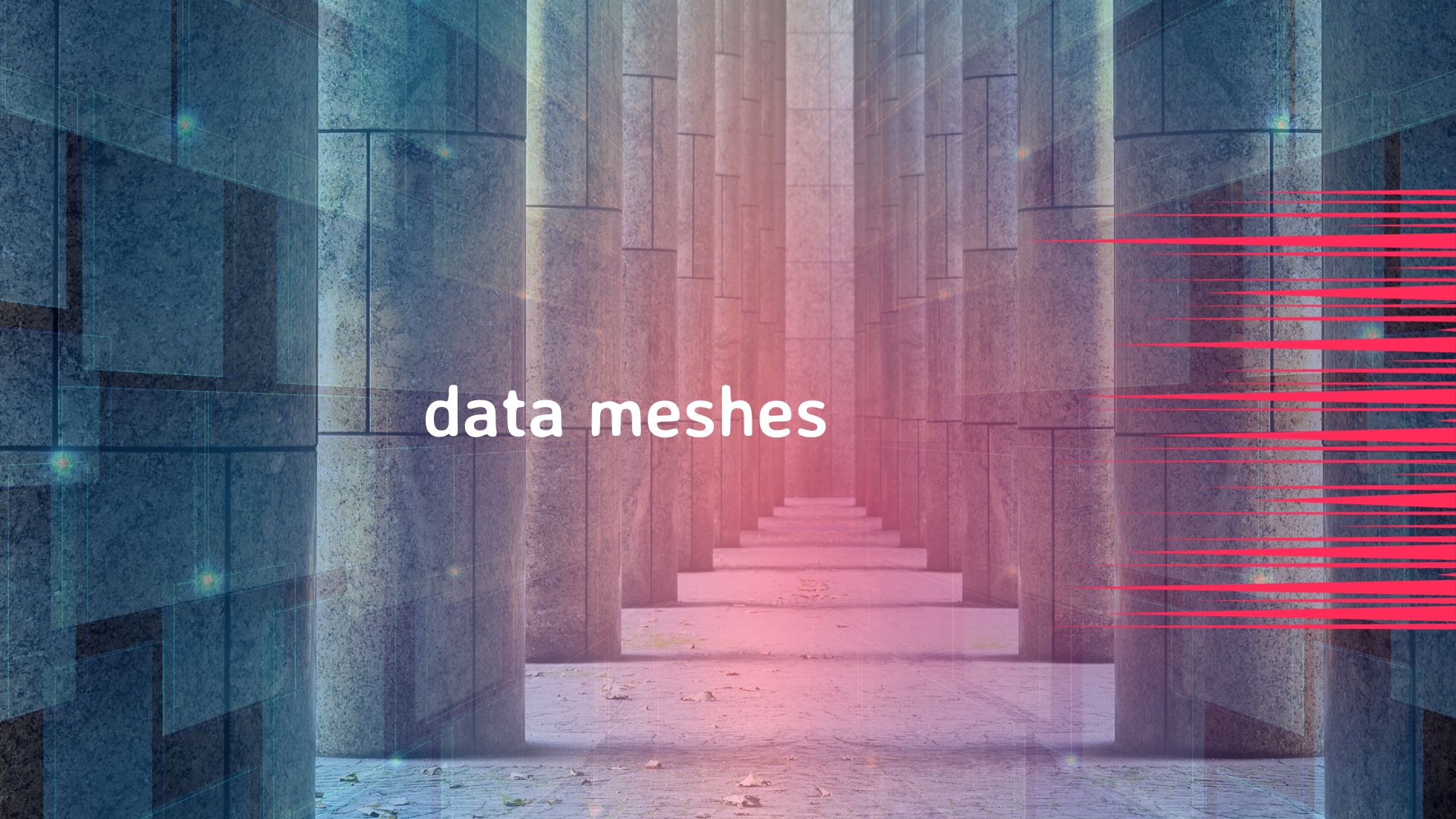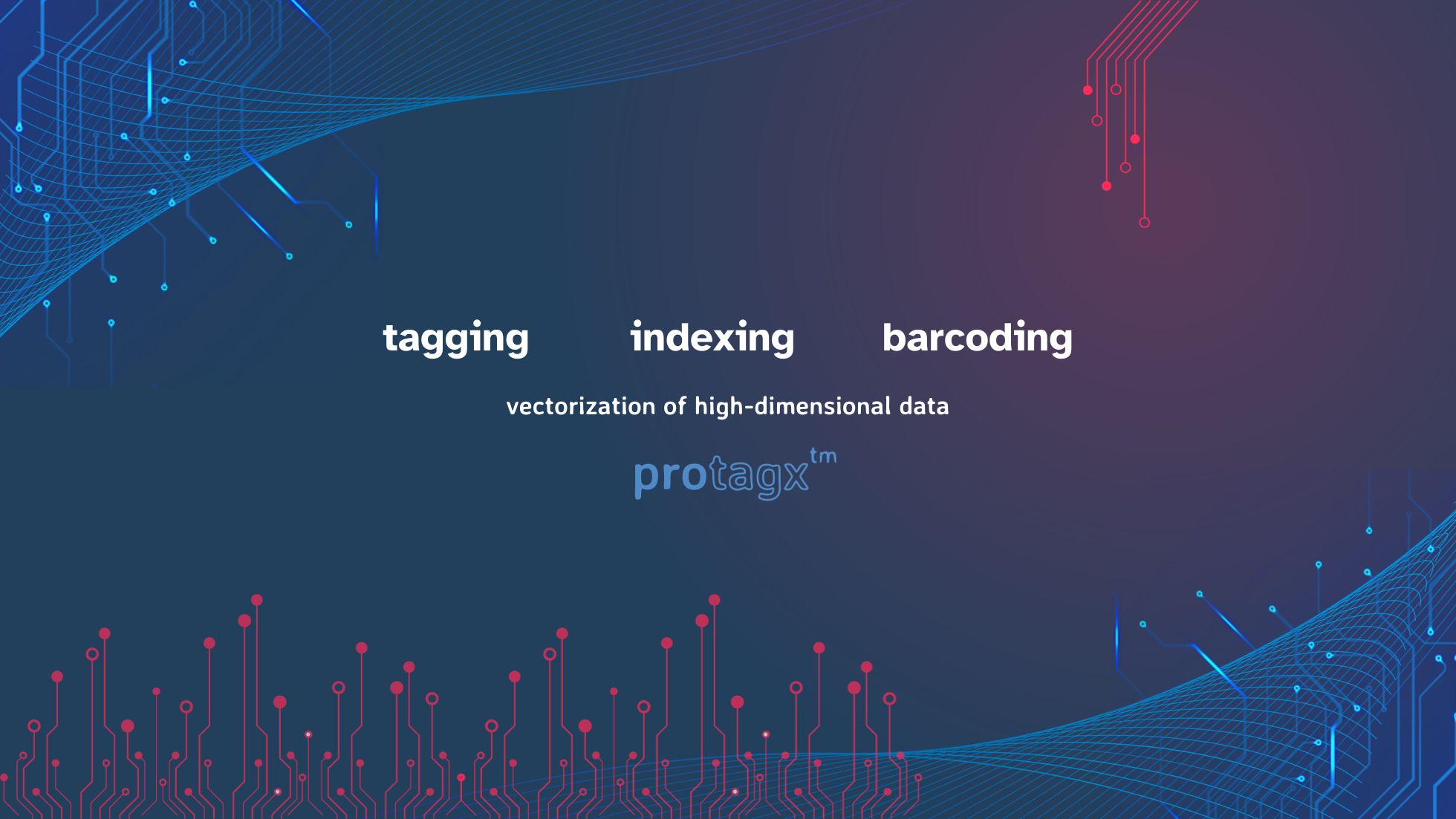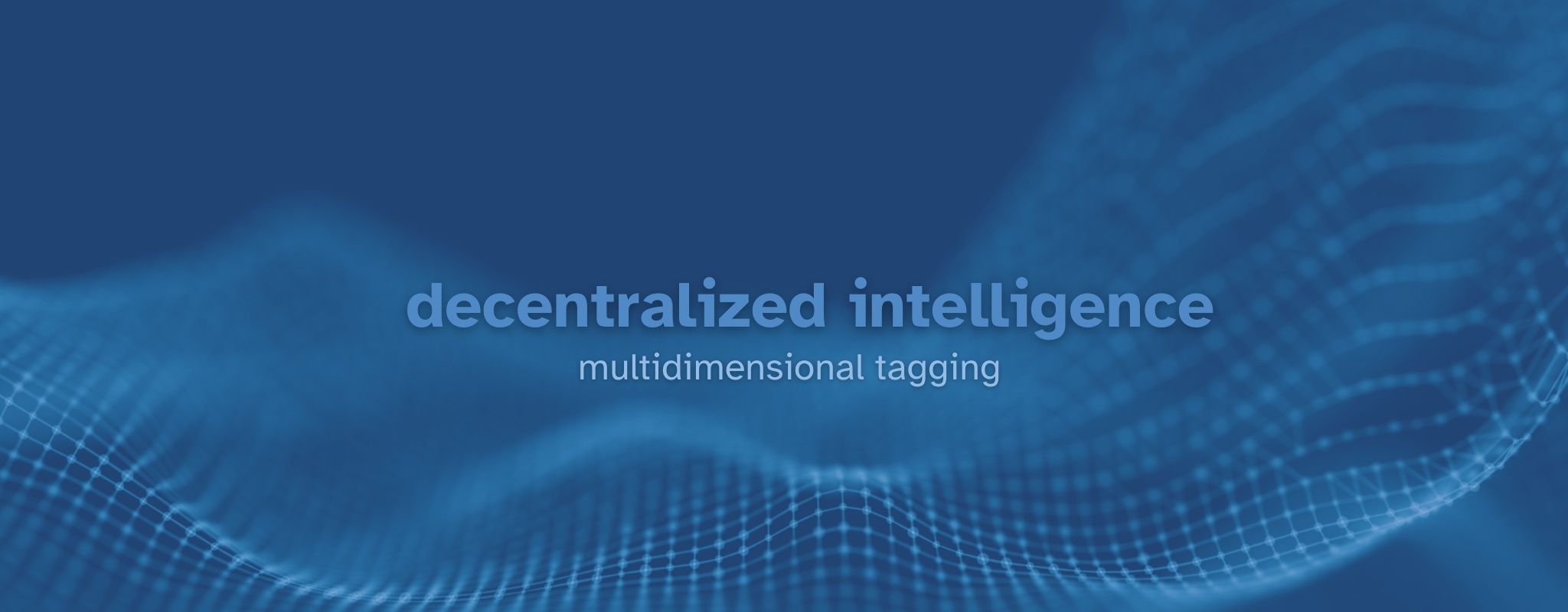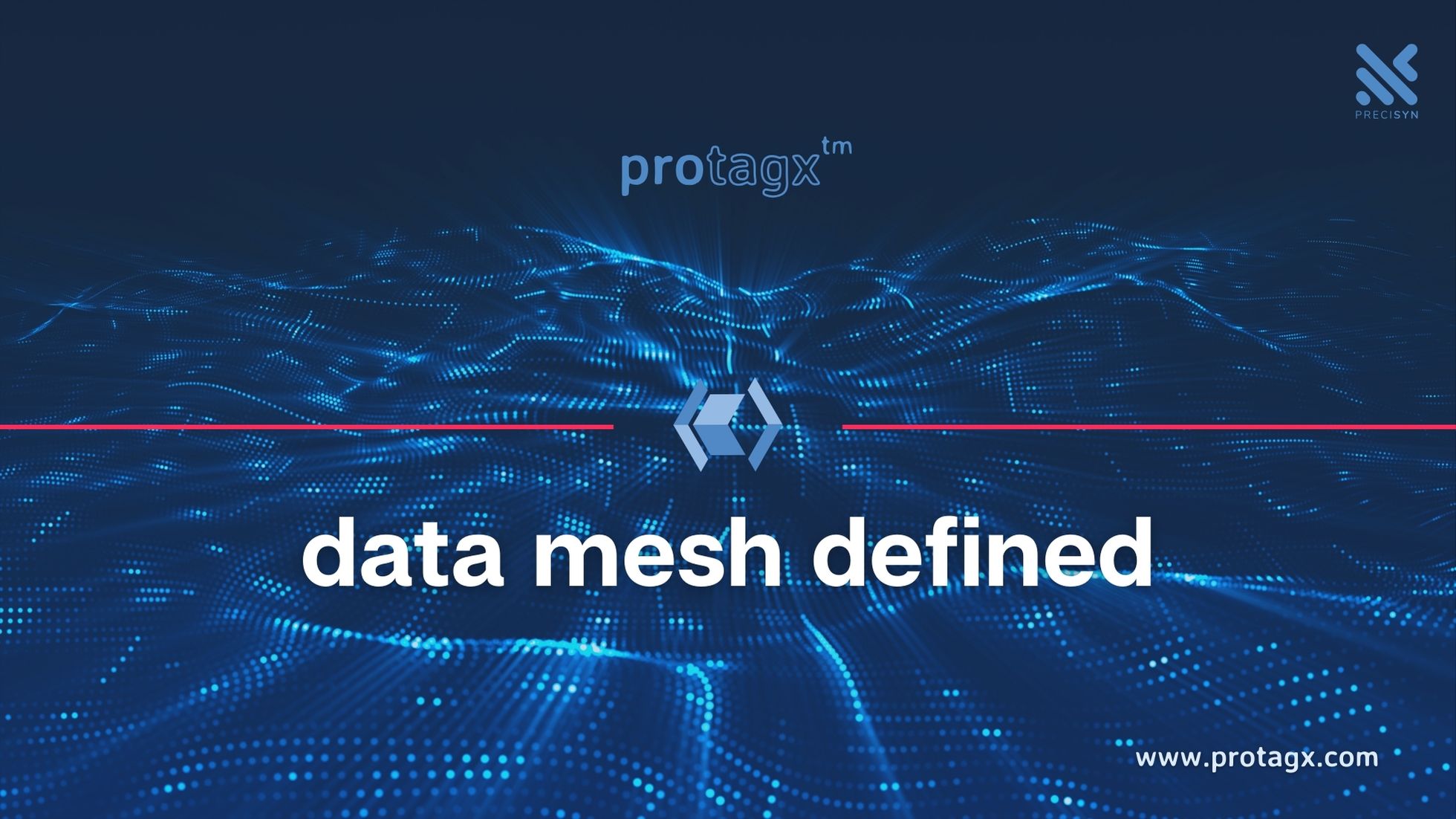In the intricate landscape of life sciences and healthcare, effective data management is more than a mere operational requirement; it's a critical component driving research, patient care, and medical breakthroughs. As datasets grow exponentially, enriched with layered metadata, the challenge lies in maintaining their FAIR (Findable, Accessible, Interoperable, and Reusable) principles while ensuring data integrity. This blog explores the roles and interplay of four pivotal data storage types: Stack, Vector Databases (with a focus on Redis), Graph Databases, and Data Mesh, in managing healthcare and life science data.
Data mesh has emerged as a significant concept in data management, especially for large organizations struggling with data access challenges. Introduced by Zhamak Dehghani in 2019, data mesh is not a new technology per se, but rather a paradigm for managing data. It organizes data in domains, treating it as a product, and allows for self-service access, all under the umbrella of federated governance. This approach decentralizes data management, giving business teams ownership of their data while maintaining quality, accessibility, and security.
Considering protagx's approach to data management, which includes creation time tagging, enrichment, decentralized data storage, and a focus on privacy and retention, it aligns well with the principles of a data mesh. Protagx seems to offer a new and simplified way of implementing a data mesh, particularly in domains requiring high data integrity and security, like life sciences and healthcare.
Protagx's method of managing data, especially with its decentralized storage and domain-focused structure, mirrors the core tenets of data mesh – domain-based data management and federated governance. By enabling efficient tagging and enrichment of data at the time of creation, protagx supports the concept of treating data as a product. This approach could potentially streamline the implementation of data mesh frameworks, making it more accessible and manageable, especially for organizations that deal with complex and sensitive data sets.
The Foundation of Data Handling
 Simplicity and Speed: Stacks, fundamental in data structure, offer straightforward, fast access to the most recent data, crucial in emergency healthcare scenarios.
Simplicity and Speed: Stacks, fundamental in data structure, offer straightforward, fast access to the most recent data, crucial in emergency healthcare scenarios.
Stacks play a crucial role in healthcare data management, particularly in emergency situations where immediate access to the most recent data is vital. The simplicity and speed of stack data structures allow healthcare professionals to quickly retrieve and analyze critical patient information, enabling them to make informed decisions in time-sensitive scenarios. Whether it's monitoring real-time patient vital signs or accessing up-to-date medication records, stacks provide a reliable and efficient method for accessing the most recent data.
Limited Flexibility and Scalability: Stacks fall short in handling complex, interrelated data, typical in patient histories or longitudinal studies.
However, while stacks excel in providing fast access to recent data, they have limitations when it comes to handling complex and interrelated data, which is often found in patient histories or longitudinal studies. The linear nature of stacks makes it challenging to navigate and analyze data that involves intricate relationships and dependencies. Patient histories, for example, involve a multitude of interconnected data points, such as medical diagnoses, treatments, and outcomes. Stacks alone are not equipped to handle the complexity of such data, and a more flexible and scalable approach is required.
This is where other data storage types, such as graph databases, come into play. Graph databases offer a more intuitive and efficient way to map and analyze complex relationships within data. By representing data as nodes and edges, graph databases allow for a comprehensive view of patient histories and research correlations. They enable healthcare professionals to navigate through interconnected data points effortlessly, gaining valuable insights and facilitating more effective patient care.
Vector Database: Harnessing AI and ML
What Are Vector Databases?
 Vector databases are specialized storage systems designed to handle vector data—data represented in multi-dimensional space. In Gen AI, this often translates to large datasets comprising genomic sequences, medical imaging, and other complex forms of data that are best understood and processed in a vectorized format.
Vector databases are specialized storage systems designed to handle vector data—data represented in multi-dimensional space. In Gen AI, this often translates to large datasets comprising genomic sequences, medical imaging, and other complex forms of data that are best understood and processed in a vectorized format.
Vector databases are a powerful tool for managing high-dimensional data, particularly in the realm of healthcare. These databases leverage the capabilities of artificial intelligence (AI) and machine learning (ML) to efficiently handle vast and complex datasets. With their advanced similarity search capabilities, vector databases excel in finding patterns and correlations in large datasets, making them invaluable for predictive healthcare analytics.
How Do They Work?
- Data Vectorization: The first step involves converting complex data into a vector format. For instance, a piece of genomic data can be transformed into a high-dimensional vector representing various attributes of the sequence.
- Vector Storage: Once vectorized, this data is stored in a vector database. Unlike traditional databases, vector databases can efficiently handle these high-dimensional data points.
- Indexing for Fast Retrieval: Vector databases index these vectors in a way that optimizes for similarity searches. This is crucial in AI applications where finding similar patterns quickly is often more important than matching exact values.
- Query Processing: When a query is made (for example, finding a genomic sequence similar to a given pattern), the database uses its indexing mechanism to rapidly retrieve the most relevant vectors.
Optimizing the Vectorization Process
- Dimensionality Reduction: Techniques like Principal Component Analysis (PCA) can reduce the number of dimensions without losing significant information, making storage and retrieval more efficient.
- Effective Indexing Strategies: Using the right indexing strategy, like tree-based or hash-based indexing, can drastically improve search speeds.
- Balancing Precision and Performance: Sometimes, a trade-off between the precision of retrieval and query performance is necessary. Fine-tuning this balance is key to effective vector database usage.
However, it's important to note that harnessing the full potential of vector databases requires specialized expertise. The advanced capabilities of these databases come with a steep learning curve, necessitating individuals with a deep understanding of AI and ML algorithms. This complexity can be a potential limitation for smaller healthcare institutions that may not have the resources or expertise to fully utilize vector databases.
Sidestep: Comparison with Redis and RedisJSON
While Redis is a popular in-memory data structure store, known for its speed and versatility, it's not inherently designed for vector data. RedisJSON, an extension of Redis, enables JSON-based storage, providing more structure to the data and allowing for efficient CRUD operations. However, both Redis and RedisJSON primarily focus on scalar data types and lack built-in capabilities for handling high-dimensional vector data effectively.
In contrast, vector databases like Qdrant are specifically optimized for storing and querying vector data. They offer:
- Specialized Indexing: Vector databases implement specialized indexing strategies (like HNSW, tree-based indexing) that are more suited for high-dimensional data, enabling faster similarity searches.
- Efficient Similarity Searches: Unlike Redis, which excels in key-value lookups, vector databases are optimized for similarity and nearest neighbor searches, crucial for AI applications.
- Scalability for High-Dimensional Data: Vector databases handle the scale and complexity of high-dimensional data more efficiently than Redis or RedisJSON, which are not natively designed for such tasks.
Recommended Vector Databases
Open-Source
-
- Weaviate: A cloud-native vector database for converting data into searchable vectors using machine learning models.
- Milvus: Facilitates vector embedding and efficient similarity search for AI applications.
- Chroma: AI-native embedding vector database aimed at creating LLM applications.
- Faiss: Library for vector search and clustering of dense vectors, developed by Facebook.
- Qdrant: Vector database tool for conducting vector similarity searches.
Proprietary
-
- Pinecone: Managed, cloud-native vector database with no infrastructure requirements.
- Deep Lake: AI database powered by a proprietary storage format for deep-learning applications.
Graph Database: Mapping Complex Relationships
 Graph databases enable detailed relationship mapping, allowing healthcare professionals to easily visualize connections between data points. This comprehensive view of patient data helps uncover hidden patterns and understand complex relationships, such as the impact of medical diagnoses on treatment outcomes or connections between research studies. Graph databases are a powerful tool for illustrating complex relationships in healthcare data.
Graph databases enable detailed relationship mapping, allowing healthcare professionals to easily visualize connections between data points. This comprehensive view of patient data helps uncover hidden patterns and understand complex relationships, such as the impact of medical diagnoses on treatment outcomes or connections between research studies. Graph databases are a powerful tool for illustrating complex relationships in healthcare data.
Understanding Graph Databases
A graph database is a type of NoSQL database that leverages graph structures for semantic queries. In contrast to traditional databases that store data in rows and tables, graph databases represent data as nodes (entities) and edges (relationships), similar to a network. This unique structure offers exceptional efficiency in capturing and illustrating intricate interconnections and relationships commonly found in Gen AI applications, including genomic data, patient histories, and molecular pathways.
How Graph Databases Work
- Nodes and Edges: In a graph database, nodes represent entities such as genes, proteins, or patients, while edges depict the relationships between these entities (e.g., gene interactions or patient-disease associations).
- Properties: Both nodes and edges can store properties. For instance, a node representing a gene might include properties like name, function, or expression level.
- Flexibility: Graph databases are schema-less, allowing them to easily adapt to varied and evolving data structures, a frequent scenario in genomic research.
- Traversal Efficiency: They excel in traversing relationships, enabling rapid queries even within vast and complex datasets, which is essential in Gen AI applications where speed and accuracy are crucial.
Optimizing Graph Database Performance
- Indexing: Just like traditional databases, indexing in graph databases can significantly speed up query times, especially for frequently accessed nodes and relationships.
- Graph Algorithms: Implementing graph-specific algorithms (like shortest path, clustering, or centrality algorithms) can optimize data analysis, offering deeper insights into the data structure and relationships.
- Distributed Graph Processing: For extremely large datasets, such as those in genomic research, distributed graph processing can distribute the workload across multiple machines, improving performance and scalability.
- Data Sharding: Segmenting data into smaller, manageable pieces (shards) can optimize database performance by reducing the load on a single server and enabling parallel processing.
Recommended Graph Databases for Gen AI Applications
Open-Source
- Neo4j: A highly popular graph database, known for its robustness and ease of use. It supports Cypher Query Language and is well-suited for complex queries in Gen AI.
- ArangoDB: An open-source database that supports graph, document, and key-value data models, providing a multifunctional approach for diverse data needs in Gen AI.
Proprietary
- Amazon Neptune: Designed for cloud-based applications, Neptune supports both graph models (Property Graph and RDF) and is highly scalable, ideal for large genomic datasets.
- OrientDB: A versatile option that combines features of graph databases with those of document-based databases, making it suitable for Gen AI applications requiring flexibility and multifaceted data modeling.
- TigerGraph: Known for its high performance in processing large-scale graph data, suitable for complex Gen AI applications that require real-time data processing.
Data Mesh: A Holistic Approach to Data Architecture
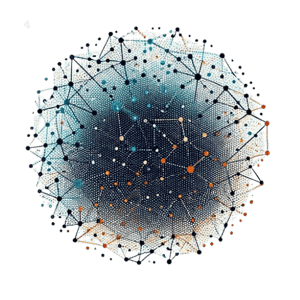 The integration of AI in healthcare has brought about a revolutionary change in the way we approach medicine, particularly in precision medicine, which involves dealing with vast amounts of complex and sensitive data. A significant challenge in this field is effectively managing this data to drive AI applications. This is where the concept of a data mesh comes into play, presenting a fresh and innovative approach to handling the intricate data landscape in healthcare.
The integration of AI in healthcare has brought about a revolutionary change in the way we approach medicine, particularly in precision medicine, which involves dealing with vast amounts of complex and sensitive data. A significant challenge in this field is effectively managing this data to drive AI applications. This is where the concept of a data mesh comes into play, presenting a fresh and innovative approach to handling the intricate data landscape in healthcare.
What is a Data Mesh?
A data mesh is a decentralized approach to data architecture and organizational design. It treats data as a product, focusing on domain-oriented ownership, self-serve data infrastructure, and a federated governance model. This approach contrasts traditional centralized data lakes or warehouses, where data management is often siloed and less responsive to the specific needs of different domains within an organization.
How Data Mesh Works in Gen AI Applications
In the context of Gen AI applications in healthcare, such as precision medicine, a data mesh enables more efficient management and utilization of data. Here’s a step-by-step overview of how it works:
- Domain-Oriented Data Ownership: Data is divided into logical domains, each managed by a cross-functional team responsible for the quality, accessibility, and security of their data product.
- Self-Serve Data Infrastructure: This infrastructure empowers domain teams to create, maintain, and share their data products, enhancing agility and innovation.
- Interoperable Data Products: Each domain’s data is treated as a product, complete with a standard interface for easy access and use by other domains.
- Federated Governance: Despite decentralization, a unified governance model ensures compliance, security, and quality across all data products.
Optimization of Data Mesh in Healthcare
Once data is captured and its metadata persisted by a database, several strategies can optimize this process:
- Automated Metadata Management: Tools that automate metadata collection and management streamline the process, ensuring accuracy and consistency.
- AI-Driven Data Quality Checks: Implementing AI algorithms for real-time data validation and quality checks can significantly enhance the integrity of data.
- Scalable and Secure Data Storage: Using cloud-based solutions and encrypted databases ensures scalability and security, crucial in handling sensitive healthcare data.
- Efficient Data Indexing and Caching: Advanced indexing techniques and caching mechanisms improve data retrieval times and processing efficiency.
Recommended Data Mesh Solutions for Healthcare
Several solutions stand out for implementing a data mesh in healthcare:
Open-Source
- Apache Atlas: An open-source framework that provides scalable governance for metadata management and compliance.
- Collibra: A data governance platform facilitating data quality, lineage, and cataloging, ensuring compliance with healthcare regulations.
- Databricks: Offers a unified analytics platform that can support a data mesh approach by enabling collaborative data science, engineering, and business analytics.
- Snowflake: Provides a cloud-based data warehousing solution that supports a data mesh architecture through secure data sharing and scalable compute resources.
- Protagx: Specifically designed for precision medicine, Protagx ensures granular data tagging and efficient data management, crucial for AI-driven healthcare applications.
Proprietary
- Denodo Platform: Offers data integration, management, and delivery using a logical approach.
- Dremio SQL Lakehouse Platform: Provides fast query speed and a self-service semantic layer.
- Informatica Axon Data Governance: Integrated and automated data governance solution.
- K2View Data Fabric: Unified platform for data integration, transformation, enrichment, orchestration, and delivery.
- Starburst Enterprise: Data access and analytics tool based on open-source Trino.
- Talend Data Catalog: Automatically profiles, organizes, links, and enriches metadata.
Conclusion
The implementation of a data mesh framework in healthcare, especially in precision medicine and Gen AI applications, brings about optimal data management, resulting in revolutionary healthcare solutions. By decentralizing data ownership, empowering domain teams, and establishing robust governance, we can effectively transform healthcare through AI. These solutions offer capabilities that are well-suited for the life sciences and healthcare sectors, where the management of large datasets is critical. However, it is important to emphasize adaptability and continuous evolution to meet the unique needs of the healthcare sector and drive data-driven breakthroughs in patient care and medical research, all while upholding data integrity and the principles of FAIR data.
